Exploring America’s Forgotten Lost Mines
Let’s be honest; most of us dream of striking it rich so we’ll never have to work for some jerk CEO ever again. No historical event better proves that point than the Gold Rush when hordes of men headed west to find the next big gold strike. Unfortunately, the people who really struck it rich were the merchants who mined the pockets of those hopeful miners, but the gold fever of 1849 gave birth to countless stories of hidden treasure troves and lost mines.
The most famous lost mine in America–the Lost Dutchman’s Mine–has attracted gold seekers and cost many lives in its pursuit. But it’s not the only lost mine to be found. Legends of lost mines are scattered across the country, but some stories have drifted away like tumbleweeds. Here are a few of the lesser-known mine tales dredged up from newspapers around the turn of the last century.
Frightful Mountain Mine
Stories of gold nuggets the size of a man’s head have been passed down through Mexican lore, telling of an immense deposit at Montana Espantosa, or Frightful Mountain. From its description and rumored location mentioned in a 1907 article by John L. Cowan, it’s believed to be what is now called Santiago Peak near the Rio Grande River in southwestern Texas. Its steep, rocky terrain make it quite inaccessible, though it’s the stories of devils guarding the mountain and misfortunes befalling anyone who dares to scale the mountain to search for the mine that have kept generations far away from its riches.
ADVERTISEMENT
Other landmarks near the Mexico border also bear the name espantosa, Spanish for ‘terrifying’or ‘frightening.’ About 250 miles to the southeast near Carizzo Springs, you can find El Espantosa, or Ghostly Lake, so named according to legend that a Spanish expedition had a terrifying night there in the late 1600s. While you may not find gold there, you may find angry ghosts of the dead, a spectral wagon, monsters, mermen, or even a shewolf (coming out, coming out, coming out).
Breyfogle Mine in the Funeral Mountains

The remote Greenwater Valley near California’s Death Valley may be the starting point for those searching for the lost Breyfogle Mine. (Crystal Trulove)
Today, we know it as the Funeral Mountains, on the north end of Death Valley. But back in 1902, a strange mystery began the search for the Breyfogle (or Find) Mine. A location monument near Greenwater hid this rather cryptic poorly-written notice:
“Notice is hereby given that we, the men that wrote this notice, is over the age of 31 and are citizens of the United States, Cuba, and the Philippines; we do this day locate one gold mine. Known as Bryfogle (after Charles C. Breyfogle, the mine’s original discoverer), and more particularly described as follows:
Commencing at this big monument of stone on a cold rainy night and running 35 hours with Indians after him, come to a big canyon that leads up to the North with two big rocks on one side of the mouth of the canyon, the one of the right round and smooth, and the one on the left rough and rugged. These rocks stand 20 feet high. Follow up this canyon about 5 hours on burros or one and one half hours on horseback you will come to the forks of the canyon. Take the left hand one and ride hard for two hours and you will come to an old stone corral. Go to the right of this about 9,000 feet and you will come to a small gulch leading up to the right. Go up this about a quarter mile and you will come to a small water hole. Sometimes it’s a Dry Hole. If it’s a water hole when you get there, water your animals, fill your canteen, and go until the gulch forks again, then take the right hand one until it forks, then lead up the left one just a little ways and you will discover the find that we have been unable to locate. The canyon is yet, and we take this means of locating the big find. The map of the above described property will be furnished to anyone on application to the undersigned. Located this first day of January, 1902.
Locator, J . W. Trotter
P.S.–Don’t look for this mine in the summer time, as it is dangerous. Doc.”
Doc Trotter’s message was rumored to be based on a map left by a man named Smith who died in New York around 1890. The map was found among his scant possessions. The origins of the mine date back much earlier. Charles C. Breyfogle left Ohio to strike it rich in 1849, and he and his brothers traveled from camp to camp from California to the Rockies. His party was attacked in 1863 in Death Valley; the only survivor, Charles fled into the Funeral range where he stumbled across an outcrop of gold embedded in “chocolate-brown” (or smoky) quartz. Though he tried several times, Charles was never able to relocate the deposit.
Interest in the mine was renewed around 1902 when Trotter’s message was allegedly found near Greenwater Mining District, a town started as a copper mine which never produced enough ore or minerals to survive. Established in 1905, Greenwater was a ghost town by 1909. Was the lost mine story a failed attempt to save Greenwater from inevitable disaster, or is there really a fortune in gold in the Funerals waiting to be rediscovered?
Skinner’s Lost Horn Peak Mine
Named after prospector Elijah Horn, this Colorado mountain is said to hold a fortune in gold. George Skinner set out in 1863 to find gold in the region, but soon went missing. His brother set out to find him, discovering his cabin in 1868. The following year, he found his brothers remains beside a dead burrow, both of whom had met untimely deaths. Skinner’s diary was among his possessions and told of a vast gold vein he discovered. To this day, Skinner’s Lost Mine remains undiscovered.
Oregon’s Lost Soldier Mine
Port Orford, along the coast in southern Oregon, might resemble Cannon Beach where The Goonies discovered their fabled pirate treasure, but it’s the starting point of a real lost fortune in gold. In 1853, a mounted infantry unit called the First Dragoons set out from the town to find a route to the mining port of Jacksonville. Among the men was a private named Mann who has once been a prospector. Between the Coquille and Rogue Rivers, the men journeyed into the Coquille Mountains where Mann discovered a large quartz seam of gold. They marked four trees some distance away with blazes so that they would be the only ones to decipher the clue when they returned to reclaim their gold, though none of them ever could relocate it.
Captain William Packwood, friend of one of the original men, was told about the four blazes near Cow Creek in 1861 and made two attempts to find the gold before the Civil War broke out. Packwood and his partner (a Confederate sympathizer) argued during a third trip and went their separate ways over the same differences splitting the nation apart. His partner wrote him a letter saying he found the gold, but the vein was low-grade ($200 per ton) and not worth the trouble. By the time Packwood tried again to find the vein in 1914, a forest fire had destroyed all the clues to the location of the ledge. The Lost Soldier Mine has remained elusive ever since.
MORE GREAT STORIES FROM WEEK IN WEIRD:


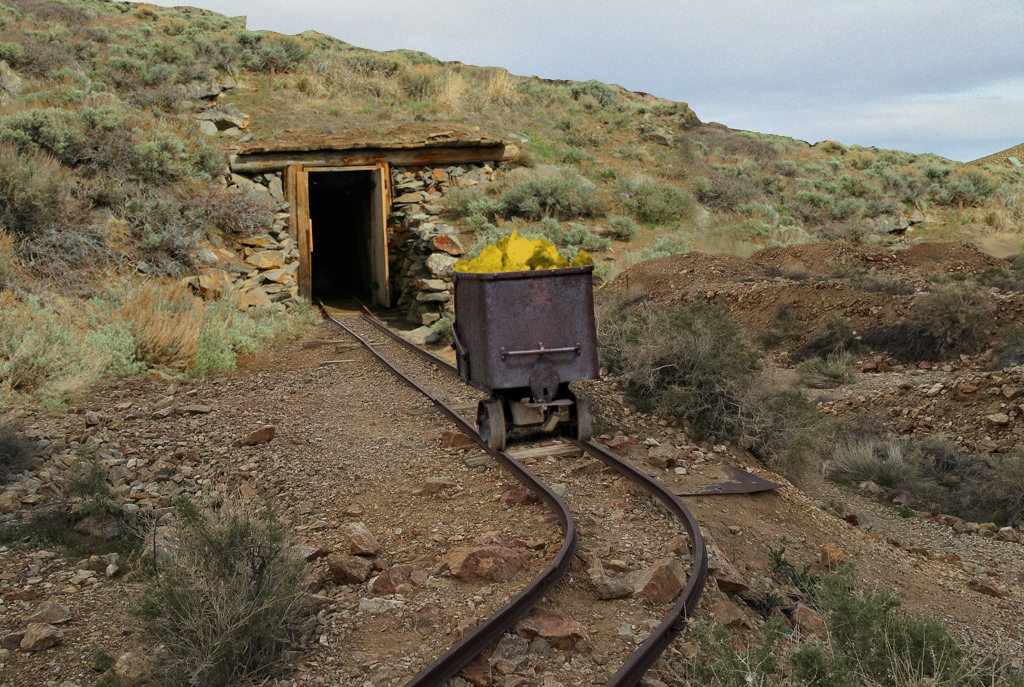
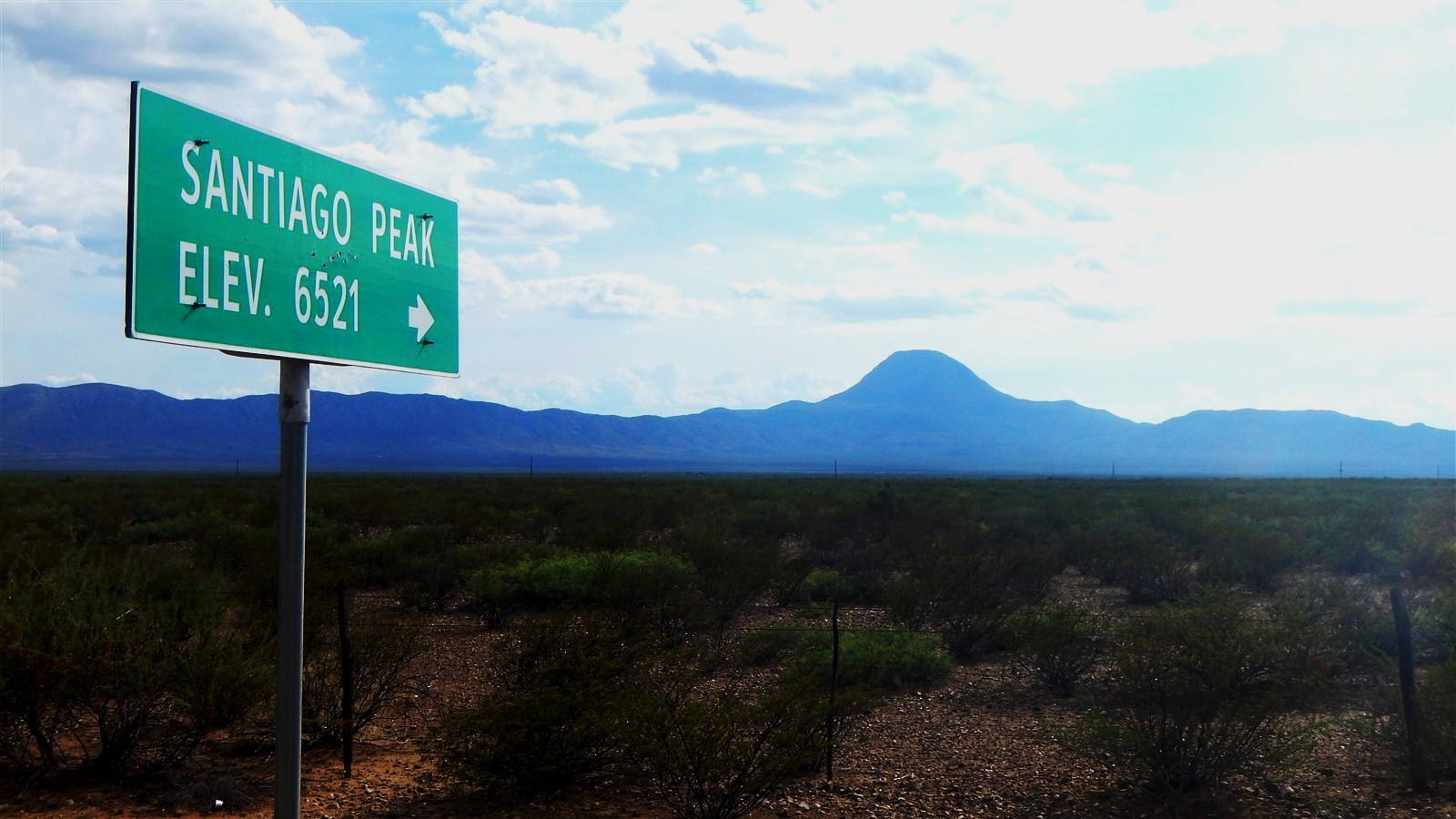


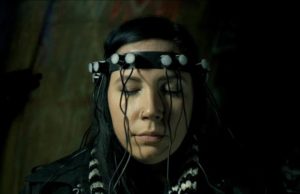
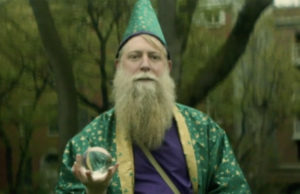
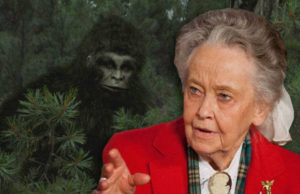

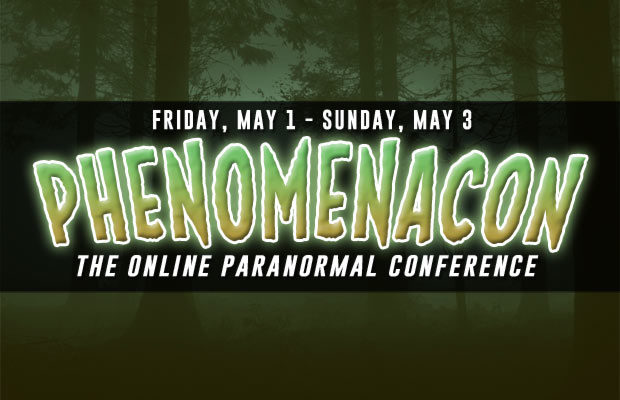
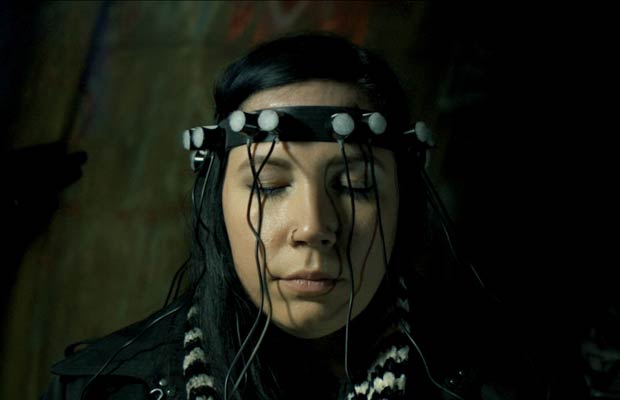

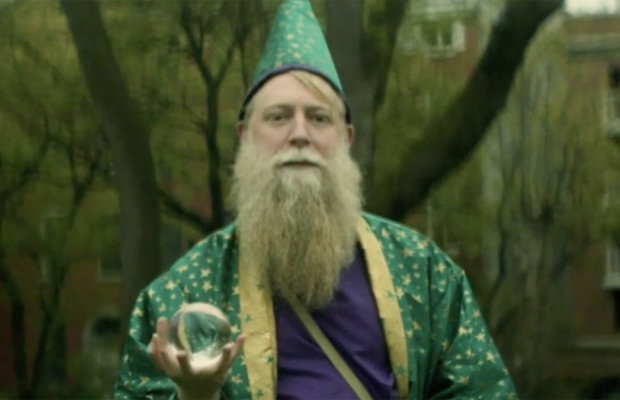

You must be logged in to post a comment Login